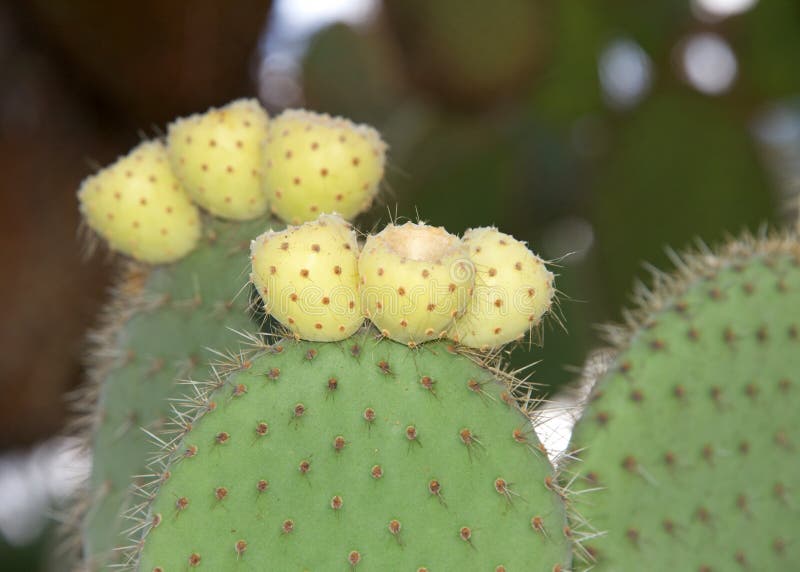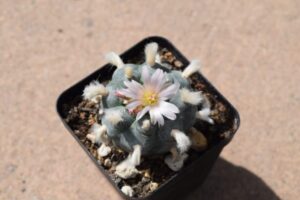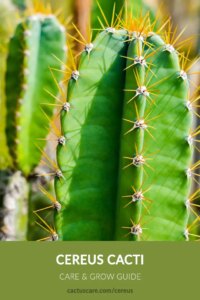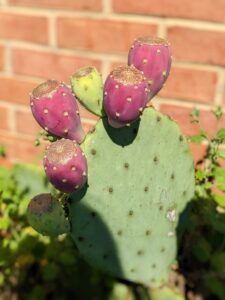The Yellow Prickly Pear Cactus, scientifically known as Opuntia ficus-indica, is a visually captivating member of the cactus family. This species is renowned not only for its aesthetic appeal but also for its various uses, ranging from culinary delights to medicinal applications. Its bright yellow fruits, known as tunas or prickly pears, can intrigue anyone who encounters them, sparking curiosity about their higher significance. In this article, we delve into the beauty, care, and fascinating characteristics of the Yellow Prickly Pear Cactus, providing insights that may stir a deeper appreciation for this remarkable plant.
Images of the Yellow Prickly Pear Cactus often depict vibrant yellow and green hues that evoke thoughts of summertime in arid landscapes. Native to the Americas, this cactus has thrived in a range of environments, establishing itself in regions that other plants might find inhospitable. The prickly pear’s adaptation to extreme conditions, such as drought and poor soil, underscores an elegance that goes beyond mere aesthetics. This wonderful cactus offers a case study in resilience, embodying the complexities of survival in the wild.
Consider the intriguing structure of the Yellow Prickly Pear. Unlike other cacti that are spiny and elongated, this species radiates a sense of accessibility through its paddle-shaped pads. Each pad is adorned with clusters of glochids—tiny, hair-like spines that serve as a defensive mechanism. Although they seem innocuous, these glochids can wreak havoc on unwary hands that come too close, highlighting a blend of beauty and danger inherent to the plant. This fascinating duality captivates both cactus aficionados and the casual observer alike, leaving many pondering the underlying reasons for such remarkable evolutionary traits.
The allure of the Yellow Prickly Pear extends beyond its defensive mechanisms. The stunning spectacle is further enhanced during blooming season when vibrant yellow flowers burst forth from the pads. These blooms are not just visually striking; they serve an essential role in the plant’s reproductive cycle. The flowers attract a myriad of pollinators, including bees and butterflies, which helps sustain neighborly floras and fauna in desert ecosystems. This interdependence emphasizes the Yellow Prickly Pear Cactus as more than just an individualistic organism; it is a critical player in its ecological community.
Beyond its ecological significance, the fruit of the Yellow Prickly Pear Cactus possesses culinary and nutritional value that many may overlook. The fleshy fruit can be enjoyed raw, made into jams, or infused into beverages. The subtly sweet flavor, combined with a unique texture, offers an unexpected treat to those willing to explore the diverse palettes of nature. It is rich in dietary fiber and contains valuable vitamins and minerals, thereby promoting healthy living through natural means. Such contributions to gastronomy highlight the multifaceted nature of this cactus, appealing to culinary enthusiasts and health-conscious individuals alike.
Caring for the Yellow Prickly Pear Cactus is an endeavor marked by both simplicity and attention to detail. Like many cacti, it thrives in well-draining soil, requiring only moderate water, especially during its growing season from spring to early fall. Overwatering poses a significant threat, leading to root rot and other complications. Planting it in a mixture of sand and potting soil can create an ideal texture that allows excess water to drain efficiently. Furthermore, its propensity to thrive in full sunlight makes it an excellent candidate for placement in sunny gardens or patios.
In terms of propagation, the Yellow Prickly Pear offers an enticing opportunity for gardening enthusiasts. The pads can be easily cut and replanted, allowing for the rapid expansion of one’s cactus collection. However, it is advisable to let the cut end callous over for a few days before placing it in the soil, as this helps prevent rot and ensures successful rooting. This straightforward method of propagation demystifies the culture surrounding cacti and empowers individuals to cultivate their plants with greater confidence and delight.
Yet, despite its hardy nature, the Yellow Prickly Pear Cactus is not impervious to pests and diseases. Cactus pads may become infected by mealybugs or scale insects, which can sap their vitality. Regular inspections and preventive measures, such as neem oil application, can aid in safeguarding the plant. This aspect introduces a vital lesson: caring for such a resilient species demands vigilance, as it requires both nurturing and protection to flourish in domestic settings.
In conclusion, the Yellow Prickly Pear Cactus encapsulates an intersection of beauty, ecology, and culinary versatility that renders it a truly remarkable organism. Observing its adaptation strategies, nutritional contributions, and unique reproductive strategies fosters a deeper connection with the natural world. Despite its seemingly simple appearance, this cactus serves as a testament to the elegance of nature’s design and the intricate journeys each organism undertakes in the quest for survival and beauty. The continued appreciation and care for the Yellow Prickly Pear can inspire greater interest in the diverse plant kingdom, encouraging individuals to explore the wonders it holds.





Leave a Comment